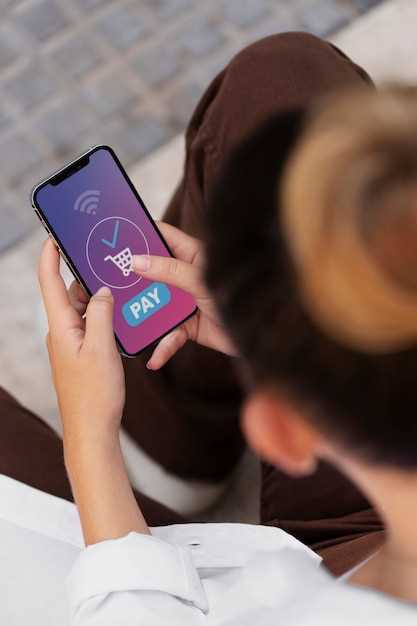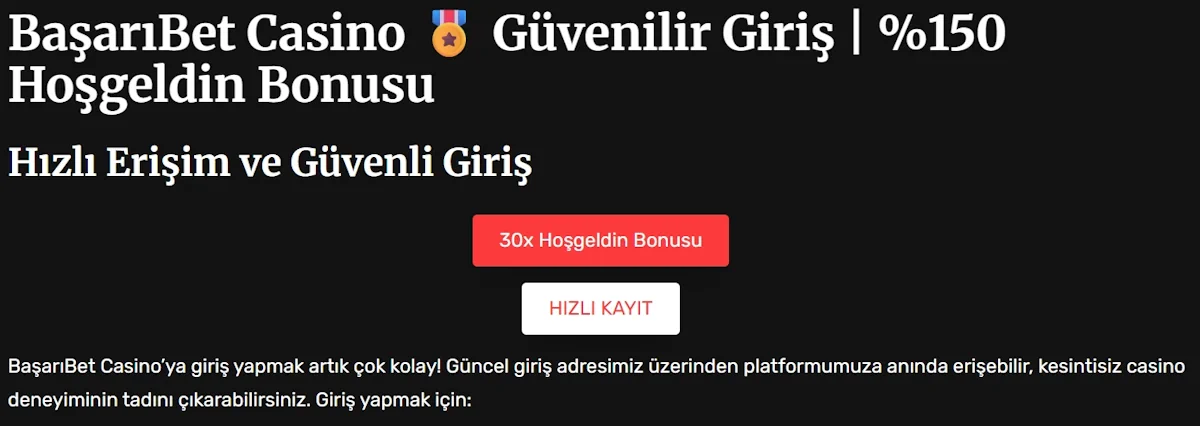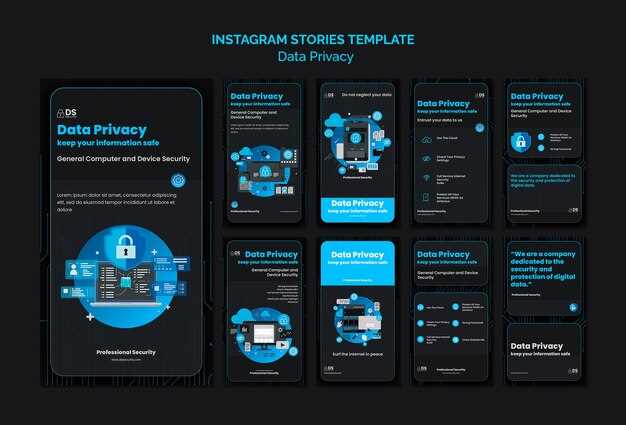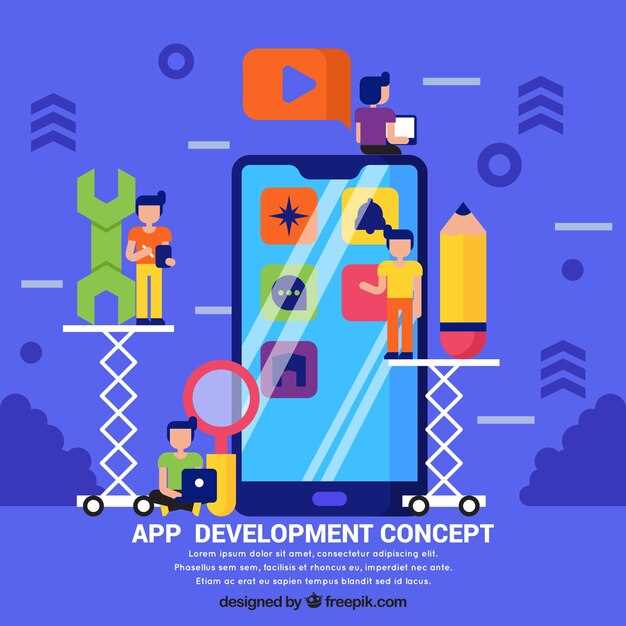Create clear communication channels. Use platforms like Discord, Slack, or dedicated forums to engage users. By establishing an open line for feedback and conversation, you’ll cultivate strong connections and make your community feel valued.
Encourage user-generated content. Inviting users to share their experiences with your app fosters a sense of ownership. Consider holding contests or challenges that motivate users to create videos, reviews, or artwork related to your app, highlighting their creativity and commitment.
Regularly interact with your users. Respond promptly to their questions and comments, showcasing that you prioritize their input. Addressing concerns and celebrating contributions can significantly increase loyalty and create a welcoming atmosphere.
Monitor analytics to understand your community’s preferences. Track engagement metrics to identify what content resonates the most. Use this data to tailor your strategies, ensuring your community remains relevant and exciting.
Maintain consistency in your messaging and updates. Whether it’s through newsletters or social media, keep your community informed about app developments, feature launches, or updates. This transparency builds trust and encourages ongoing participation.
Identifying Key User Personas for Your App Community

Define user personas based on real data and insights from your target audience. Begin with user demographics, including age, gender, and location. Analyze each group’s behavior patterns, preferences, and challenges related to your app. Use surveys or interviews to gather qualitative data that highlights specific user needs.
Create distinct personas that encapsulate different segments. For example, a tech-savvy millennial might prioritize advanced features, while a busy parent may value simplicity and accessibility. Identify motivations driving engagement–whether it’s community interaction, seeking knowledge, or entertainment.
Map out specific scenarios for each persona. This helps you visualize how different user types will interact with your app and what features will resonate most. Test these personas against your app’s functionalities to ensure they meet user expectations. Adjust features and communication strategies accordingly.
Regularly revisit and update your personas. As your community evolves, so will user needs. Continuous feedback from your user base provides insights to refine personas and enhance engagement strategies.
Incorporate these personas into your marketing efforts. Tailor messaging that speaks directly to each segment, fostering a strong sense of connection. Leverage social media platforms where your personas are most active to drive discussions and community building.
By pinpointing key user personas, you establish a solid foundation for a thriving community around your app, aligning development and marketing efforts with user expectations.
Strategies for Collecting User Feedback in Real-Time
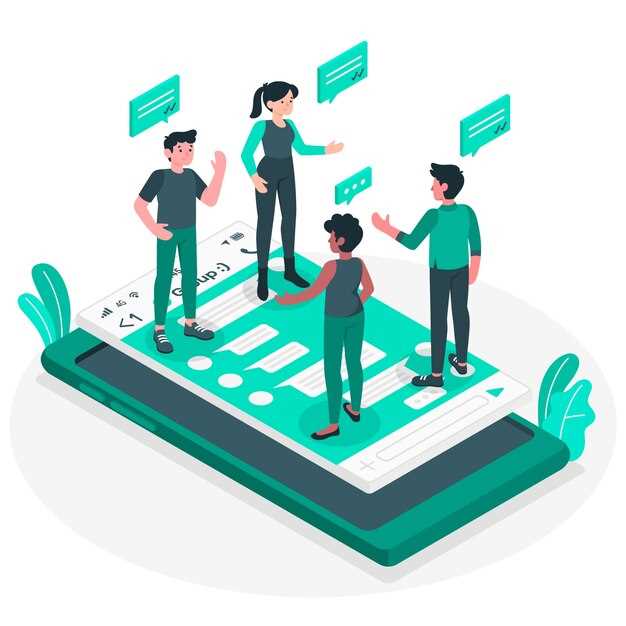
Integrate in-app feedback tools that allow users to share their thoughts instantly. Tools like surveys or feedback buttons make it easy for users to express their feelings about specific features while they engage with your app. Consider using platforms like UserVoice or Typeform for streamlined data collection.
Utilize Push Notifications for Feedback Requests
Send push notifications prompting users to provide feedback after significant interactions, such as completing a task or achieving a milestone. Keep these notifications brief and actionable. For example, “How did you find our new feature? Tap to rate!” This encourages quick responses and can yield valuable insights.
Conduct Live Polls and Surveys
Implement live polls directly within your app during peak user activity periods. Choose specific features or updates to focus on. For instance, running a weekly poll on a new function can help you gauge user satisfaction and gather suggestions. Regularly refreshing these polls keeps engagement high and provides ongoing insights.
Encourage conversation through social media channels linked to your app. Create dedicated spaces for users to discuss features, highlight issues, and suggest enhancements. Monitor these discussions closely; they offer qualitative data that can complement your quantitative feedback collection methods.
Leverage analytics tools to track user behavior and identify areas for feedback solicitation. By observing patterns in app usage, you can tailor your feedback requests to align with user experiences, providing context that enriches the data collected.
Combine various strategies for a multi-faceted approach to feedback collection. This can enhance the breadth of insights gathered and create a more engaged user community, allowing you to adapt your app to meet their needs effectively.
Creating Engaging Content to Foster Community Interaction

Produce high-quality content that resonates with your audience. Create interactive posts, such as polls and quizzes, to encourage feedback and participation. This method not only engages users but also provides valuable insights into their preferences.
Encourage User-Generated Content
Invite community members to share their experiences and stories related to your app. User-generated content builds trust and showcases genuine interactions. Consider featuring the best submissions on your platform, rewarding contributors with recognition or prizes.
- Host monthly contests for the best user-generated content.
- Create dedicated hashtags to streamline sharing and promote visibility.
- Highlight user stories in newsletters or social media posts.
Leverage Live Events and Q&A Sessions
Organize live events, such as webinars or Q&A sessions, where users can interact directly with your team. These occasions facilitate a sense of belonging and allow users to voice their thoughts and questions in real-time.
- Schedule regular sessions to maintain ongoing dialogue.
- Invite industry experts to join discussions, adding credibility and allure.
- Encourage users to submit questions in advance for deeper engagement.
Incorporating these strategies enhances community interaction and strengthens relationships among users, ensuring a lively and engaged platform.
Utilizing Social Media Platforms to Expand Your App’s Reach

Leverage social media for your app’s visibility. Create dedicated pages on platforms like Facebook, Instagram, and Twitter to connect with your audience directly. Provide content that showcases your app’s unique features and benefits. Use captivating visuals and concise messaging to grab attention.
Engagement Strategies
Post regularly to keep users informed and engaged. Share user-generated content, such as reviews and testimonials, to build trust. Organize contests or giveaways to encourage sharing and attract new users. Engage with your audience by promptly responding to comments and messages.
Advertising Options
Utilize targeted advertising to reach specific demographics interested in your app. Platforms like Facebook and Instagram offer tools to refine your audience based on age, interests, and behaviors. Allocate a portion of your budget to boost posts or run ad campaigns that promote special features or updates.
| Platform | Audience Type | Content Tips |
|---|---|---|
| Broad demographic; great for community building | Live videos, event promotions, and user polls | |
| Younger audiences; visual content is key | Stories, reels, and aesthetic imagery | |
| Real-time updates; tech-savvy users | Engaging threads, trending hashtags, and quick announcements |
Analyze your social media performance through analytics tools provided by each platform. Adjust your strategies based on what content resonates most with your audience. This continuous improvement will help bolster your app’s presence and user engagement.
Best Practices for Responding to User Feedback and Queries
Always acknowledge user feedback promptly. Responding within 24 hours shows that you value their input and are attentive to their concerns.
Personalize your responses. Use the user’s name and reference their specific feedback to create a connection. This can transform a generic reply into a meaningful interaction.
Be transparent. If a user raises a concern about a bug or a feature, provide updates on the status or expected timelines for fixes. This builds trust and keeps users engaged.
- Prioritize feedback: Sort incoming queries based on urgency and impact. Address critical issues first while ensuring no feedback is overlooked.
- Acknowledge emotions: If a user expresses frustration, validate their feelings before offering solutions. This shows empathy and builds rapport.
- Encourage dialogue: Invite users to share more details or suggestions. This can lead to insights that improve your app and strengthen relationships.
Utilize templates for common queries to ensure consistency while allowing room for personalization. Customize the content to avoid sounding robotic.
Keep answers concise and focused on the user’s concerns. Avoid technical jargon unless necessary, as clarity enhances user experience.
- Follow up after resolving an issue. Check in to see if the user is satisfied with the solution.
- Document feedback trends. Analyze common themes to identify areas for improvement and make informed decisions.
- Share success stories within your community. Highlight how user feedback led to positive changes in the app.
Foster a culture of gratitude. Thank users for their feedback and let them know their insights contribute to the app’s growth.
Incorporate user suggestions into future updates. Letting users see their ideas implemented reinforces their involvement in the community.
Building a Structured Training Program for Community Managers
Define clear objectives for your training program. Focus on skills such as conflict resolution, communication, and community engagement. Create measurable goals, like improving response times or increasing user retention rates.
Develop a curriculum that covers fundamental topics. Start with community guidelines and platform tools. Include modules on content moderation, user support, and analytics interpretation. This foundational knowledge equips managers to handle everyday tasks effectively.
Incorporate hands-on activities into the training. Use role-playing scenarios to practice real-life situations. Challenge community managers to engage with examples that require critical thinking and problem-solving. This practical experience boosts their confidence and prepares them for actual challenges.
Encourage peer learning through group discussions and feedback sessions. Create an environment where managers can share experiences and strategies. Use case studies to illustrate successful community management techniques. This promotes a culture of collaboration and learning.
Schedule regular refreshers to keep skills up-to-date. Trends and best practices in community management evolve. Utilize webinars or workshops to address new developments and tools. This continuous learning ensures that community managers remain agile and informed.
Incorporate metrics to evaluate the program’s effectiveness. Use surveys and performance reviews to gather feedback. Adjust the curriculum based on responses to ensure it meets the needs of community managers. Tracking progress fosters a commitment to growth and improvement.
Finally, create a resource library. Collect articles, guides, and videos that managers can access anytime. This valuable resource supports ongoing learning and reinforces what they’ve acquired during training.
Implementing Gamification Techniques to Boost User Engagement
Introduce a reward system that recognizes user achievements. Create badges or points for completing tasks, which offers a tangible goal and promotes competition among users. For example, establish levels users can reach, unlocking new features or content with increased engagement. This drives motivation to interact more with the app.
Integrate challenges or quests tailored to your app’s theme. These create opportunities for users to participate actively. Challenge users to complete a set of activities within a specific timeframe, providing excitement and a sense of urgency. Display leaderboards to showcase top-performing users, sparking healthy competition.
Incorporate social sharing features. Allow users to share their achievements on social media platforms, which functions both as motivation for the individual and as a promotional tool for the app. Seeing friends’ accomplishments can encourage others to join and engage more deeply.
Offer regular events or contests to keep the community active. Schedule weekly or monthly challenges, rewarding users for participation. Create themed events based on holidays or significant dates, enhancing the personal connection users feel with both the app and the community.
Use feedback mechanisms to iterate on what users enjoy. Encourage users to suggest new challenges or features, making them feel valued and part of the development process. Responding to feedback and implementing popular suggestions keeps users invested and involved.
Consider time-limited rewards. These can take the form of special badges or bonus points that are available for a limited time. Such incentives create urgency and can drive users to engage more frequently to avoid missing out.
Remember, simplicity plays a key role. Ensure that the gamification elements are easy to understand and access. A complex system can deter participation rather than encourage it. Aim for a balance where features enhance the experience without overwhelming users.
Leveraging User-Generated Content to Strengthen Community Bonds
Encourage users to share their experiences through in-app features that highlight user-generated content (UGC). For example, implement a gallery that showcases user photos or stories. This not only increases engagement but also creates a sense of ownership within your community.
Incentivize Participation
Offer rewards for users who contribute content. This could be in the form of discounts, features in your app, or recognition within the community. The excitement of being featured motivates users to create and share more frequently, strengthening the community dynamic.
Facilitate Interaction
Create platforms where users can comment on, like, or share each other’s contributions. Design your app with interactive elements that allow users to engage directly with UGC. This interaction builds connections and enhances the relationships among community members.
Utilize UGC to craft impactful marketing campaigns. Showcase authentic user experiences in your promotional materials, which can resonate better than traditional advertisements. This approach not only attracts new users but also solidifies loyalty among existing members.
Analyzing Community Metrics to Inform Future Development
Track user engagement metrics like daily active users (DAU) and monthly active users (MAU). These figures help gauge community involvement and highlight trends over time. For example, a steady increase in DAU indicates growing interest and satisfaction with the app’s features. Set specific benchmarks for these metrics to understand when to pivot strategy or reinforce successful initiatives.
Examine retention rates closely. Analyzing how many users return after their first interaction provides insight into the app’s stickiness. Conduct surveys or feedback forms to capture reasons behind user drop-off. Use this data to refine onboarding processes and enhance user experience, tailoring features to meet user expectations.
Evaluate user-generated content and contributions. High levels of active participation indicate a thriving community. Monitor the types of content shared and favored among users. Encourage constructive feedback to gather actionable insights on what resonates and what does not.
Measure sentiment through community interactions. Utilize tools to analyze comments or discussions on forums, social media, and chat platforms. Positive sentiment may correlate with feature success, while negative feedback can signify areas needing improvement. Act on this intelligence to enhance community trust and loyalty.
Focus on identifying key influencers within the community. Metrics like shares, likes, and comments reveal users who engage deeply with the app. Collaborate with these individuals to promote new features or gather insights, leveraging their reach to enhance app visibility and credibility.
Regularly review community growth metrics. Monitor member count, interactions, and outreach efforts to identify patterns that support the app’s development and marketing strategies. Adjust resources to capitalize on growing interest, ensuring the community thrives alongside your app’s evolution.
Hosting Events and Webinars to Enhance Community Connection
Plan a mix of virtual and in-person events to engage your app community. Focus on interactive content like Q&A sessions, workshops, or discussion panels that give members a chance to participate actively.
Pick Relevant Topics
Choose subjects that resonate with your audience’s interests. Conduct surveys or monitor discussions in community forums to identify what members want to learn about. Tailor events to cover these topics, inviting experts or influencers to attract a larger audience.
Encourage Networking
Create opportunities for community members to connect with each other during events. Use breakout rooms in webinars or set up networking sessions at in-person events. Facilitate icebreaker activities to help attendees build relationships, fostering a sense of belonging.
After each event, gather feedback to improve future gatherings. Use polls or follow-up emails with open-ended questions. Adjust your approach based on participant insights, ensuring that everyone feels heard and valued.
Video:
How I Code Profitable Apps SOLO (no wasted time / beginner friendly / with AI)
How I Code Profitable Apps SOLO (no wasted time / beginner friendly / with AI) by Edmund Yong 898,589 views 2 months ago 7 minutes, 34 seconds
Q&A:
What are the key steps to building a mobile app community?
Building a successful mobile app community involves several key steps. First, it’s important to define your target audience and understand their needs and preferences. Next, choose the right platforms for communication, such as forums, social media, or in-app communities. Engage with users through regular updates, feedback sessions, and by hosting events or contests that foster interaction. It’s also beneficial to create valuable content that addresses users’ interests, ensuring they feel connected and valued. Finally, be attentive to feedback and continuously improve both the app and the community experience based on user suggestions.
How can user engagement be increased in a mobile app community?
To increase user engagement, consider implementing features that encourage participation, such as gamification elements like leaderboards or rewards for active users. Regularly publish engaging content such as tutorials, tips, and news relevant to the app’s focus. Organizing community events or challenges can also motivate users to participate more. Actively responding to comments and questions fosters a sense of belonging, making users feel their input is valued. Lastly, using push notifications to remind users of new content or upcoming events can keep your community lively and engaged.
What role does feedback play in maintaining an app community?
Feedback plays a significant role in maintaining a thriving app community. It provides insights into what users like or dislike about the app, allowing developers to make informed decisions for improvements. By actively seeking feedback, whether through surveys or direct communication, you show users that their opinions count. This encourages them to be more involved, as they see their suggestions potentially impacting future updates. Regularly incorporating feedback into your app not only enhances user satisfaction but also strengthens the community feel, as users know their voices are heard.
What challenges might arise when building a mobile app community?
Challenges in building a mobile app community can include attracting initial users, maintaining engagement over time, and handling negative feedback. It may take time to gather a critical mass of users who are active and engaged. Keeping the community vibrant can be tough, especially if users lose interest or if new competitors emerge. Additionally, addressing negative comments or complaints can be a delicate task. It’s important to approach these situations with transparency and a willingness to listen, ensuring that community members feel supported and valued even during tough times.
Why is community building considered beneficial for mobile apps?
Community building is beneficial for mobile apps because it helps create a loyal user base that is more likely to remain engaged over time. A strong community fosters user connections and satisfaction, which can lead to organic growth through referrals and word-of-mouth. Community members often provide invaluable insights and ideas for enhancements, driving the app’s evolution. Additionally, a vibrant community can enhance the overall user experience by facilitating peer-to-peer support. This sense of belonging might encourage users to share their experiences and promote the app further, ultimately contributing to its long-term success.

